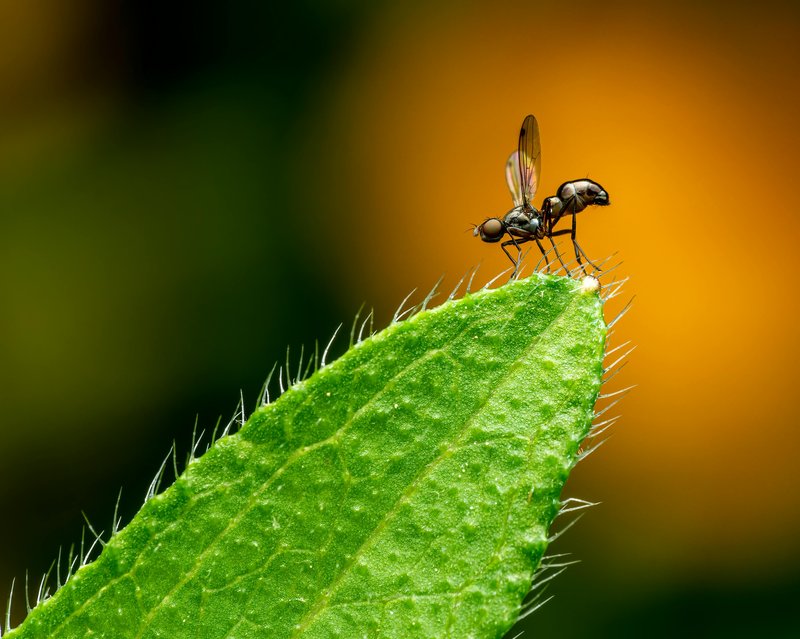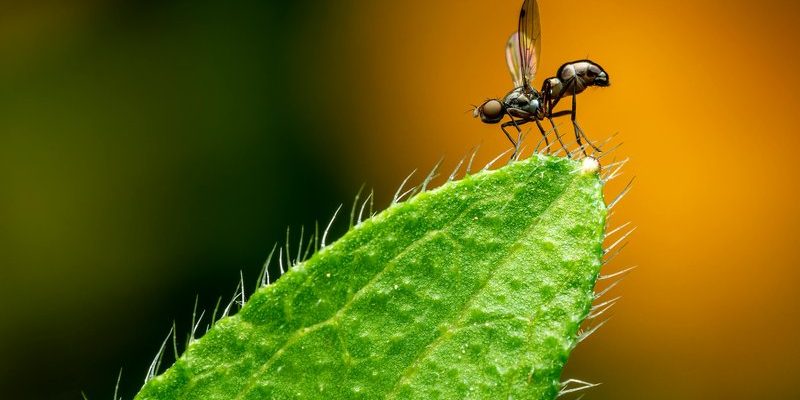
Botflies are not your garden-variety insects; they have a specific process for host selection that ensures their larvae have the best chance of survival. Picture a crafty thief who knows the layout of your house—exactly where to find the best valuables. Similarly, botflies have set ways of homing in on their preferred hosts, ensuring they can complete their life cycle. So, how do these little beings pull off such a feat? Let’s dive into the strange world of botflies and uncover their secrets!
What Are Botflies?
Before we dig into how botflies select their hosts, it’s worth knowing what they actually are. Botflies belong to the family Oestridae and are known for their **larval stage**, which lives inside the tissues of mammals, including humans. While there are several types of botflies, the most infamous is the human botfly (*Dermatobia hominis*), notorious for its parasitic habits.
These flies are larger and fuzzier than your typical housefly, making them quite a sight. Adult botflies don’t feed like other flies. Instead, they focus on reproduction, laying their eggs on or near a suitable host. It’s all about getting those eggs in the right place so they can thrive when they hatch!
How Do Botflies Identify Potential Hosts?
You might think that host selection is a random process, but botflies have a keen sense of their target. They rely on a combination of sensory cues to identify potential hosts. Here’s the thing: they’re not just wandering around. They use a sharp sense of smell to locate hosts, often detecting the body heat or carbon dioxide exhaled by mammals.
Let’s say a human or animal is in the vicinity. The botfly hovers around, taking in the scents and the warmth radiating from its chosen one. This is similar to how a dog might sniff out a treat from afar. The fly is tuned into the right frequencies, focusing on the perfect animals to ensure their larvae have a safe home to grow.
The Role of the Female Botfly in Host Selection
When it comes to selecting hosts, female botflies take the lead. They have a crucial role in this process, demonstrating impressive skill. Upon identifying a suitable target, a female can lay between 20 to 200 eggs at once! It’s like a chef preparing a feast; they want to ensure they have enough for everyone.
The female botfly typically lays her eggs directly on the host’s skin or on a location the host is likely to contact, like the fur or feathers of a potential animal host. When the eggs hatch, the larvae burrow into the skin, beginning their infestation. This can cause discomfort and even infection for the host, emphasizing how strategic the botfly’s tactics truly are.
Environmental Factors Influencing Host Choice
Botflies don’t just pick any host at random; they consider various environmental factors that can affect their survival. These may include the host’s habitat and behavior. For instance, certain botflies prefer environments with plenty of warm-blooded mammals since these creatures provide the ideal conditions for the larvae’s growth.
In simpler terms, think about a restaurant choosing its menu based on the seasons. A botfly will “choose” hosts based on what’s available and suitable in its surroundings. This can also include the time of year, as certain hosts are more abundant during specific seasons, making it easier for botflies to thrive.
Why Does Host Selection Matter?
You might be wondering why understanding how botflies select their hosts is important. For starters, it helps in controlling the populations of these parasites. Agriculture and veterinary medicine are particularly interested in this information. If farmers understand how botflies choose their hosts, they can implement better strategies to protect livestock.
Moreover, this knowledge also aids in public health. With human botfly infestations occurring, especially in tropical regions, knowing how these flies operate can help communities take preventative measures. It’s all about staying one step ahead and ensuring both animals and humans are safeguarded against these pesky invaders.
Botflies may not be the most glamorous insects, but their method of host selection is truly remarkable. From using specific sensory cues to selecting the right moment and place, these little flies demonstrate nature’s intricate designs. Understanding their behavior not only sheds light on their life cycles but also helps us manage their impact on health and agriculture.
So, the next time you hear about a botfly, just remember: it’s not just a pest but a creature with an impressive survival strategy. The more we learn about them, the better equipped we are to deal with their effects. Who knew such complexity and purpose lurked in something so small? In the grand tapestry of nature, every thread, no matter how strange, plays an intriguing role.

